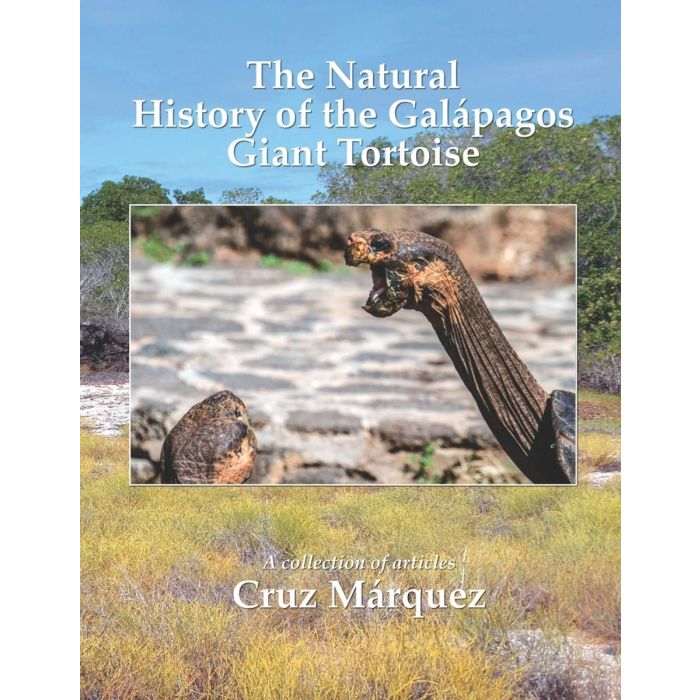The Natural History of the Galapagos Giant Tortoise
The first tortoises to accidentally arrive in Galapagos 2-3 million years ago were able to adapt to their harsh environment, find one another, and establish themselves on at first one and then on at least ten islands.
Puerto Ayora 2018, kt., Großformat, 416 Seiten, Abb. The first tortoises to accidentally arrive in Galapagos 2-3 million years ago were able to adapt to their harsh environment, find one another, and establish themselves on at first one and then on at least ten islands. By the 1960's, centuries of exploitation by whalers, privateers, traders, collectors and colonists had all but eliminated these enormous lumbering beasts from the landscape. Thanks to the strenuous efforts of scientists and National Park staff, the Galapagos tortoise is once again facing a brighter future. One of these dedicated investigators, Cruz Márquez, has compiled over 40 years of research into this volume which will be an important source of information for scientists, students, naturalist guides, and conservation managers. With chapters on From where did Galapagos tortoises originate? Which other tortoises are their nearest relatives? When and how did they arrive in Galapagos and spread throughout the islands? How and why did they become giants? What is known about their internal and external anatomy? Is it similar to that of marine turtles? What do giant tortoises eat? How do they adapt to different environments and seasons? Do they eat the same foods in captivity as in the wild? How do they then adapt to foraging in the wild? Do wild giant tortoises move over long distances? If so, why? Are they more active during daylight hours or at night? Why do Galapagos finches appear to feed on the skin of giant tortoises? Why are there so few opuntia cactus on Espanola Island? Is this connected to only 14 tortoises being found there in the 1970's? How do Galapagos tortoises reproduce? Do they form lasting pair bonds? Is it true that incubation temperatures can be manipulated to produce mainly male or mainly female offspring? How can we tell the difference? Do Galapagos tortoises have twins? Are there any albino tortoises? How does the fetus break through the shell? After hatching, how soon does the neonate leave the egg shell? What parasites do Galapagos tortoises have? How do these affect their health? Why are human beings responsible for the near extinction of Galapagos tortoises? What has been done for the conservation of Galapagos giant tortoises? What will be done in the future? What of Lonesome George? What efforts went into keeping the last of his species alive in captivity for almost forty years, and why? What can we learn from his death?
| Autor | MÁRQUEZ BALTAN, C. ed.: |
|---|---|
| Sprache | Englisch |

